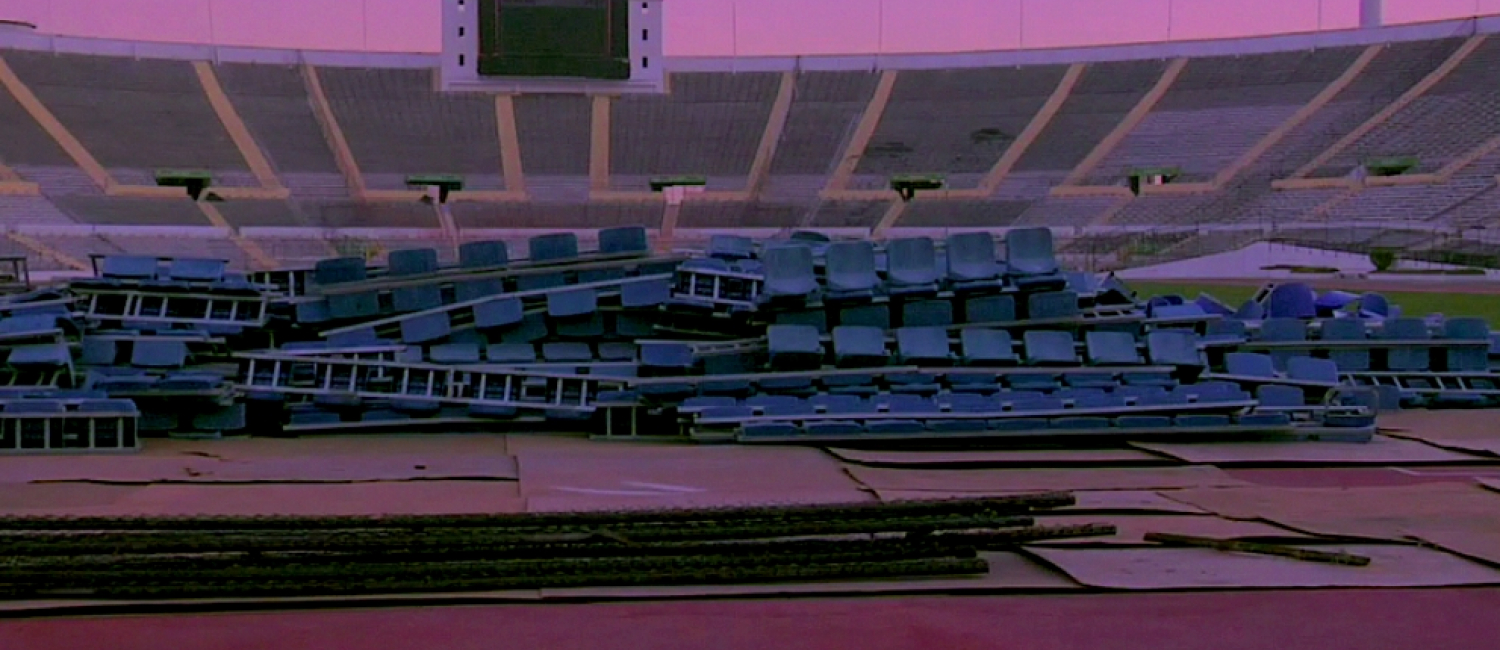The beginning of the discourse related to the Holocaust – and partly the “historicization” of the event itself – is dated April 1945, when World War II was officially not even over yet. This was the time when American photographer Lee Miller visited Berlin as a reporter for Life magazine, and this was when she took the world famous shots of herself posing in Hitler’s bathtub, among other places. Miller’s gesture fits into a complex interpretative matrix (one important aspect of which concerns the problem of gender), but by symbolically – and in the private sphere – taking the place of the emblematic leader of the defeated, she at once gave prominence to World War II among the events of her time and made it a part of history, an event that could not cause any more harm, that could no more annihilate us. Miller does the “test” in our stead, and we can see that she remains unharmed, the danger is “past”. We, however, who look at her photographs in the spring of 2014, are well aware that the very ideologies leading to the war, Nazism and the Holocaust never ceased to exist with the end of World War II. Nowadays – especially on account of mass migration and globalization – these prejudices do not even exclusively target Jews, but also other ethnicities and minorities.
The historiographic and epistemological turn of the 1970s-80s in the academic discipline of history, as well as the so-called historians’ quarrel in the middle of the 1980s, raised questions regarding the uniqueness and representability of the Holocaust. The provocative question of historian Berel Lang arises in this sense: Is it possible to misrepresent the Holocaust? The problem of the Holocaust’s representability is related to the epistemological crisis of history as a discipline. As an effect of post-structuralism (and the so-called linguistic turn), the problem of historical representability came up with reason, as a logical consequence of the fact that belief in the transparency of linguistic representation had wavered. The so-called postmodern historians (Hayden White, Frank Ankersmit, Dominick LaCapra) examined how the language used by historians works and how the historical narrative created by them is structured, and they came to the conclusion that this latter is strongly affected by the narrative structures that are inherent to every kind of storytelling – including literature. In this context, furnishing history with a “plot” means that the transcription of historical processes is greatly influenced by a narrative structured in the sense of a story, which selects, emphasizes and chronologically links the events in the same manner as in a literary work. This entails that the elements, events and words that would be “disturbing” with regard to the coherence and plot of the story are abandoned by the “storyteller” according to his or her own, subjective rules. In the case of the Holocaust, it is important to become conscious of this, because a significant and valuable part of the basis of our knowledge about the Holocaust is comprised by the reminiscences and testimonies of survivors, which also organize the story experienced and selected for recounting into a kind of narrative chain.
In his famous book Caught by History: Holocaust Effects in Contemporary Art, Literature, and Theory (1997), Dutch literary theorist Ernst van Alphen raised the question of the Holocaust’s artistic representability and introduced the notion of “Holocaust effect”. According to Van Alphen, these representations can be classified into two basic groups. The documentarist mode is a narrative form based on the – verbal or visual – narrative and testimony of the survivors, allowing a single position of reception, by means of which the spectator becomes witness to the victim’s narrative – in a moral sense at any rate –, thus constructing the identity of the survivor which is related to the historical events. In contrast, the representations that are based on imagination make at least two things possible. On the one hand, they are capable of illustrating the Holocaust via the Holocaust-effect, which represents the structural reasons and circumstances of the events that transpired (for instance people being deprived of their individuality, industrial scale genocide, the operation of the ideologies serving as background, etc.). On the other hand, these representations mark no fixed position for the recipient, either, or if they do, this position is not restricted to identification with the victim. Of course the possibility of identifying with the perpetrator is uncomfortable for the spectators, but this is exactly what makes it possible for them to see the Holocaust as more than a discrete historical event of the past, and become able to tackle political and ideological questions regarding the present.
Katalin Timár
Exhibiting artists:
Ádám Albert, Azorro, Balázs Beöthy, Sándor Bodó, Stefan Constantinescu, Róza El-Hassan, Marcell Esterházy, Pál Gerber, Tibor Horváth, Tamás Kaszás, Kis Varsó, Eva Kot’átková, Erika Lakatos, Zbigniew Libera, Miklós Mécs, Omara, Uriel Orlow, Ekaterina Shapiro-Obermair, Rita Süveges, Norbert Szirmai / János Révész, Raša Todosijević, Camilo Yáñez
as well as DLA students who attended the course "Researching art" at the Docotral School of the Faculty of Music and Visual Arts, University of Pécs (Balázs Beöthy, László Bicskey, Zsófia Bogár, Imre Farkas, Nóra Gábor-Nagy, György Gáspár, László Győrffy, Zsigmond Lucza, Alpár Péter, Péter Simon, Klarisz Szabó, István Szántó, Orsolya Sztrakay, Theodoros Tosounidis, Orsolya Zrínyi)
Sponsors: Palace of Arts, Ministry of Human Resources, Balassi Institute, Brody ArtYard, port.hu, blog.hu, Heti Válasz, Népszabadság, Observer
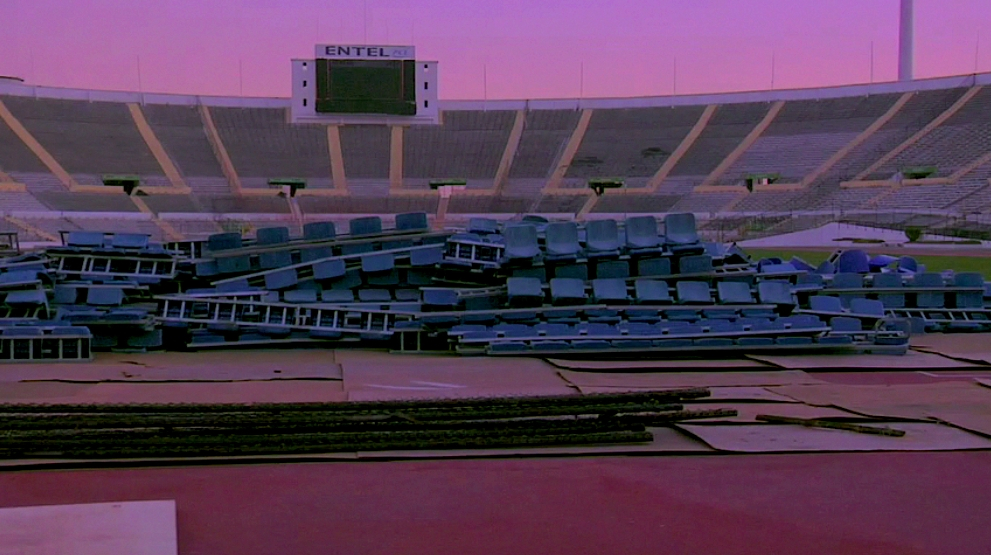
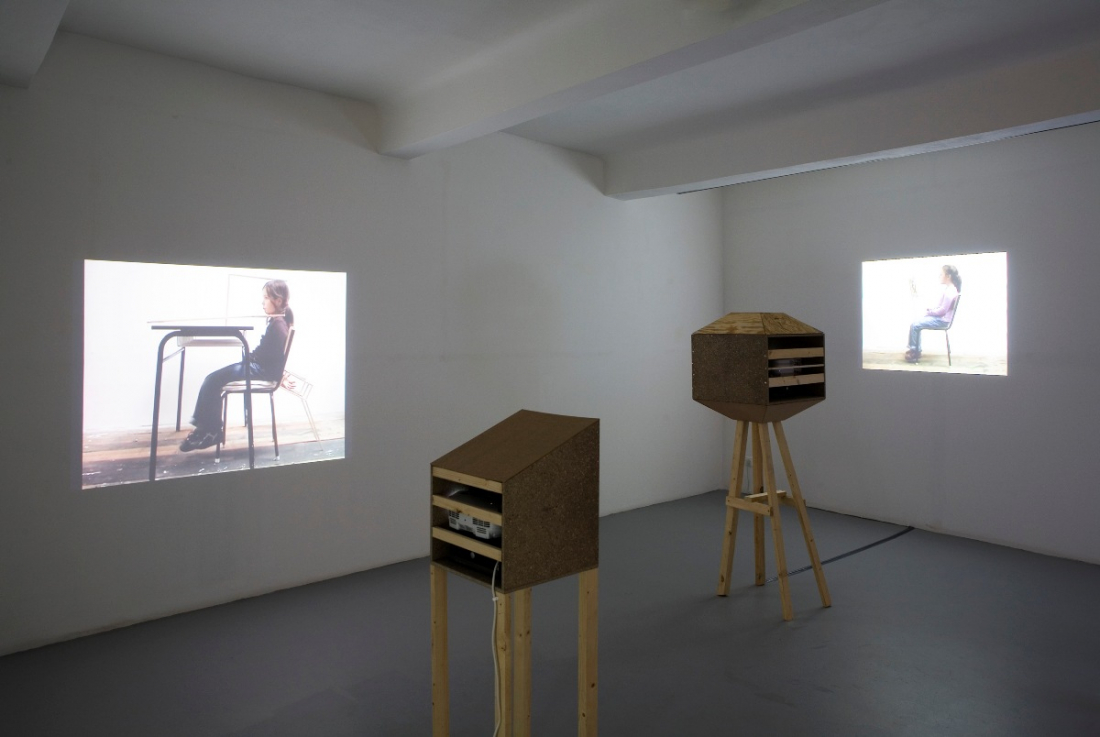
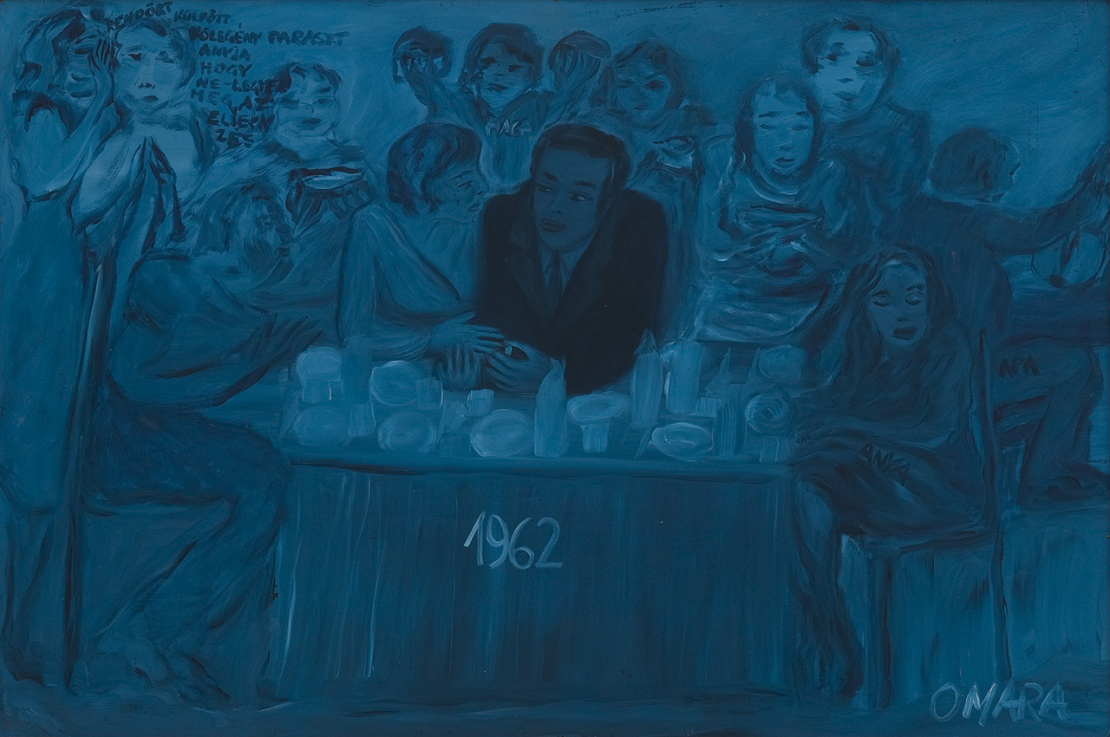
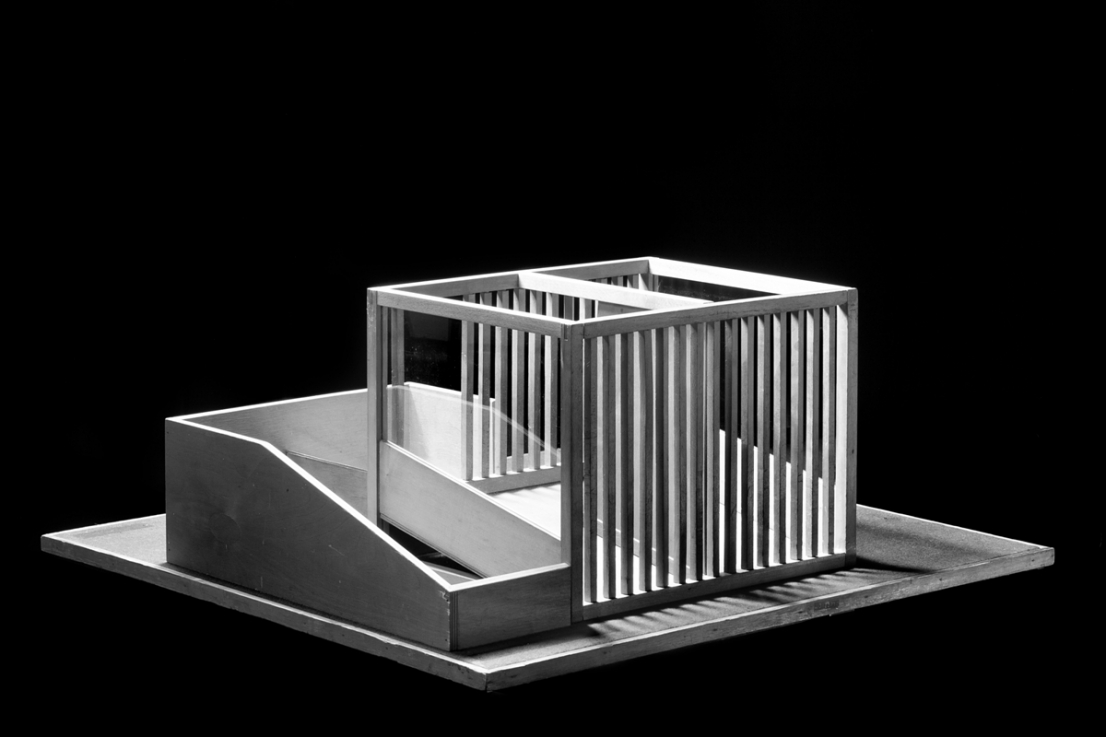
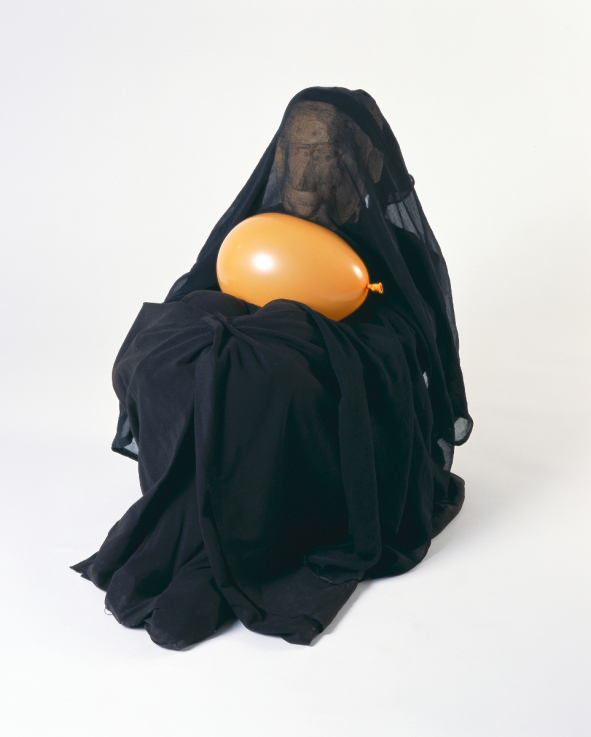
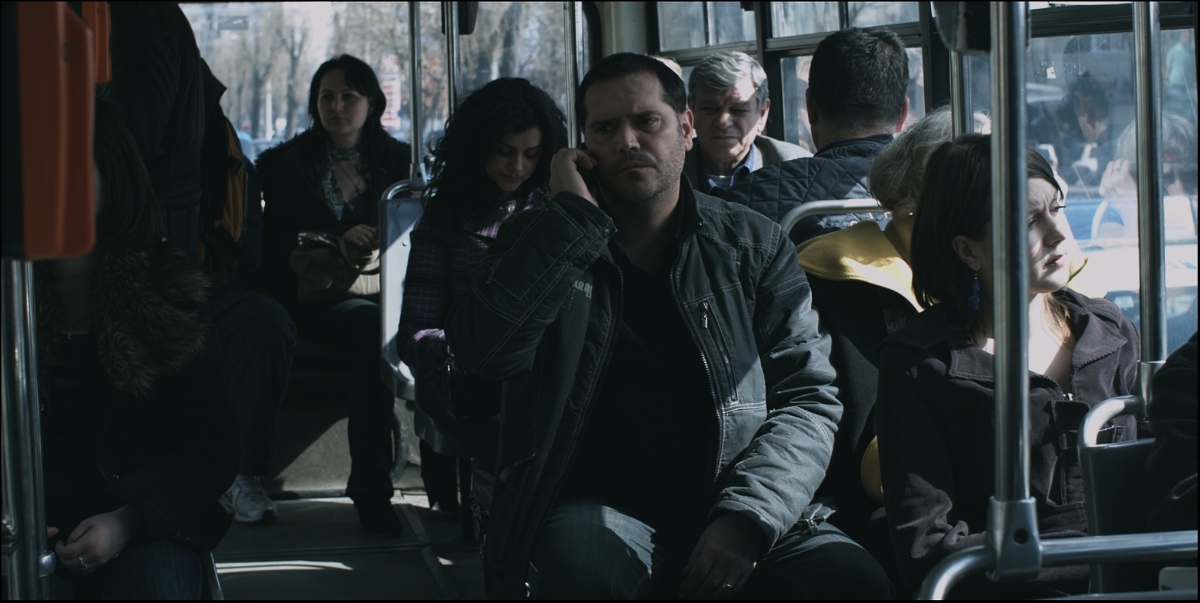
Related contents
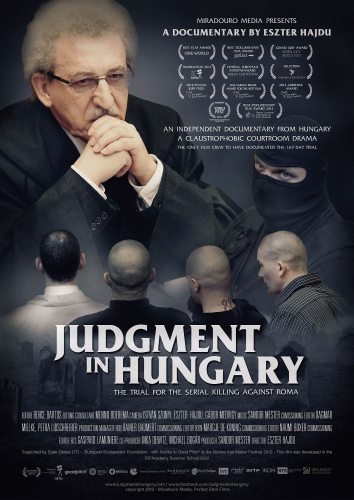
Judgement in Hungary - A documentary by Eszter Hajdú 22. November, 2014, 00:00–00:00
Over the course of one year, in 2008 and 2009, a group of Hungarian right-wing extremists committed a series of attacks on random members of the Roma community. Six people were killed, including a five-year-old, and another five were injured.
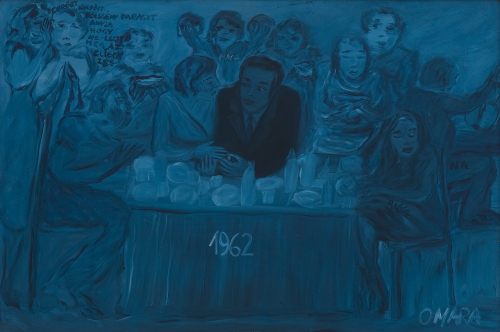
Exclusive guided tour in the [silence] – A Holocaust Exhibition - Katalin Timár, curator 28. September, 2014, 00:00–00:00
Exclusive guided tour in Hungarian given by KAtalin Timár, curator, in the exhibition [silence] – A Holocaust Exhibition.
Entrance with a valid exhibition ticket. No extra charge applies.
Registration is essential.
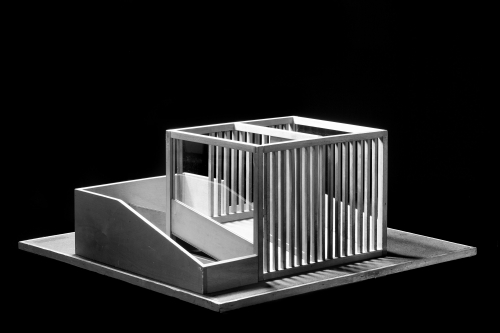
Exclusive guided tour in the [silence] – A Holocaust Exhibition - Attila Mártonfi, linguist 27. September, 2014, 00:00–00:00
[silence] – A Holocaust Exhibition: FINISSAGE
Special programmes on the closing weekend.
4 p.m. - Exclusive guided tour in Hungarian given by Attila Mártonfi, linguist and IT specialist, in the exhibition [silence] – A Holocaust Exhibition.
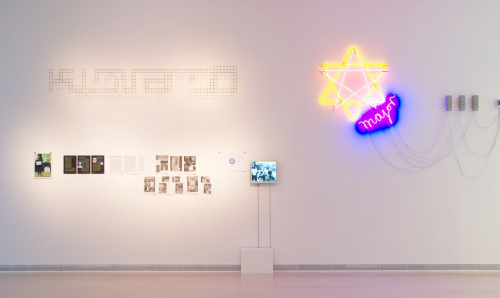
Exclusive guided tour in the [silence] – A Holocaust Exhibition - Anett Ragó, psychologist 20. September, 2014, 00:00–00:00
Exclusive guided tour in Hungarian given by Anett Ragó, psychologist, in the exhibition [silence] – A Holocaust Exhibition.
Entrance with a valid exhibition ticket. No extra charge applies.
Registration is essential.
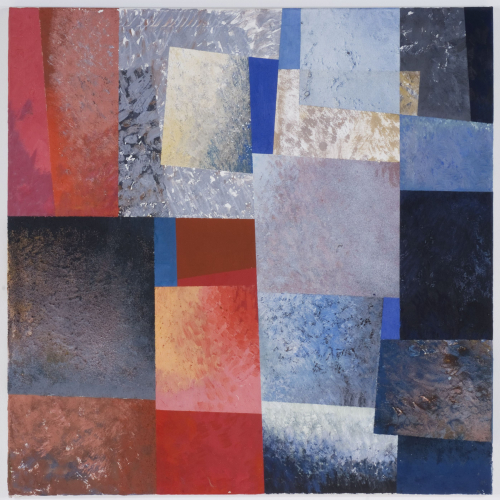
EduTuesday - Mini conference for teachers and art educators 16. September, 2014, 00:00–00:00
Special museum education workshop on art pedagogy, related to the temporary exhibitions [silence] – A Holocaust Exhibition and Miraculous system – Ernő Tolvaly retrospective exhibition.
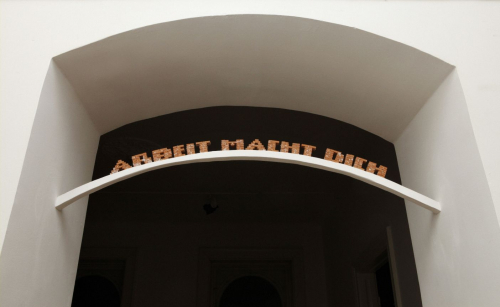
Exclusive guided tour in the [silence] – A Holocaust Exhibition - Anna Lujza Szász, sociologist 6. September, 2014, 00:00–00:00
Exclusive guided tour in Hungarian given by Anna Lujza Szász, sociologist, in the exhibition [silence] – A Holocaust Exhibition.
Entrance with a valid exhibition ticket. No extra charge applies.
Registration is essential.
Exhibition opening: [silence] - A Holocaust Exhibition 10. July, 2014, 00:00–00:00
The Ludwig Museum – Museum of Contemporary Art cordially invites you to the opening of the exhibition:
[silence] - A Holocaust Exhibition
on Thursday, July 10, 2014 at 6pm.
Welcome address by:
